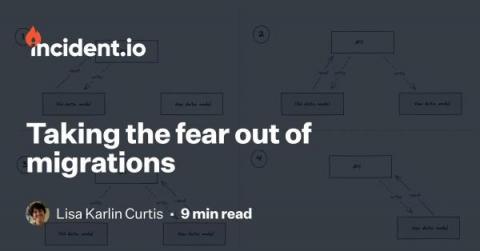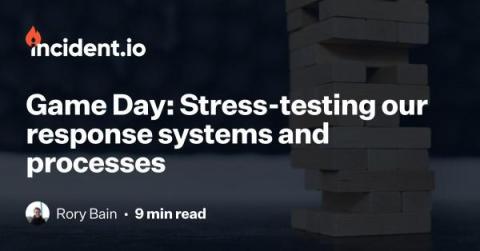Why you can't have AIOps without Data Engineering
There’s a familiar saying: garbage in, garbage out. For ITOps, this directly applies to data engineering. BigPanda’s Area Vice President of Value and Adoption, Craig Ferrara, says the importance of data hygiene—putting good data in to get good data out—is the core of data engineering, and it requires ITOps to take a look at their data before integrating with an AIOps solution.











